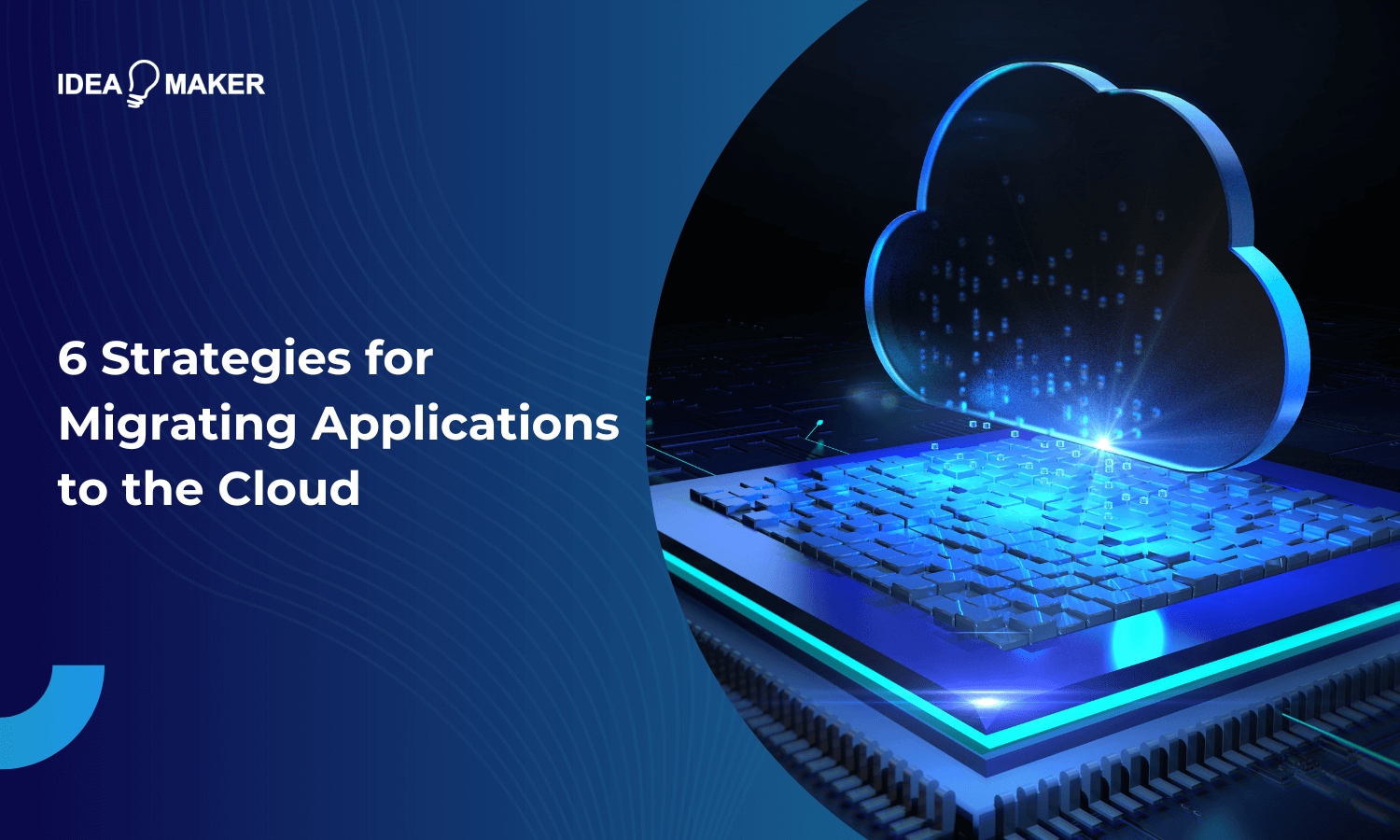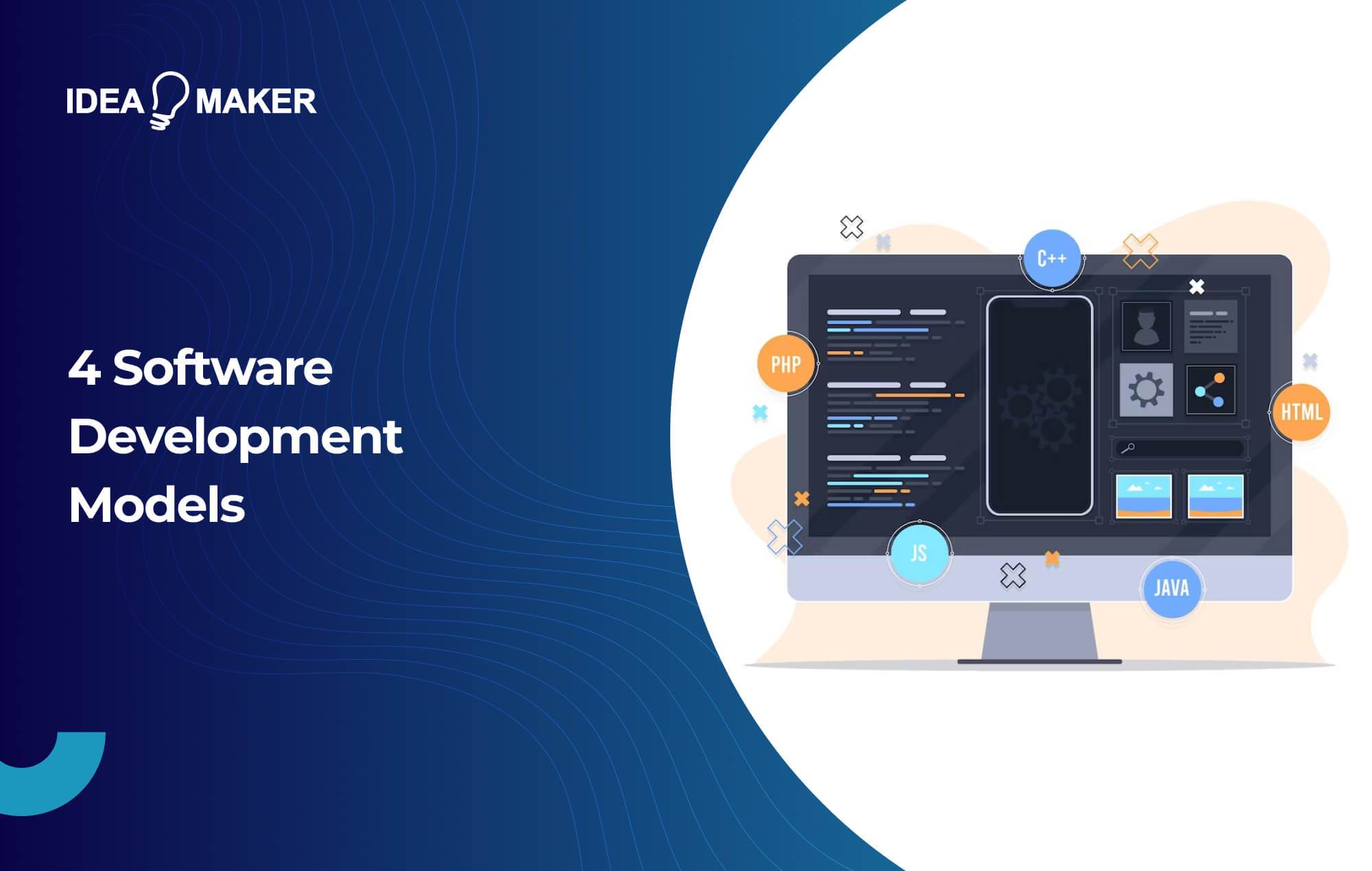Did you know that 41.4% of IT leaders are increasing their use of cloud-based products and services and that 33.4% are planning to migrate their legacy software to cloud-based tools? This is thanks to the several advantages that cloud-based solutions provide. However, if your company’s operations are heavily intertwined with legacy software, migrating is not always a simple process.
In this article, we discuss the benefits of migrating your software to the cloud, as well as six of the most successful implementation strategies. Keep reading to learn more.
Table of Contents
Why You Should Migrate to the Cloud
There are many reasons to use cloud-based software over legacy applications. Here are just a few.
Reduced Infrastructure Cost
Because cloud-based services do not require installation on local hardware, you no longer have to update your hardware to keep up with legacy software technical requirements, which ultimately helps save money. Additionally, with legacy software,more hardware has to be purchased when user capacity or data storage requires scaling. This is not the case with cloud-based tools, as they are maintained by a third-party hosting provider.
Increased Scalability
Scaling legacy software means investing in new hardware to handle higher capacities, but with cloud-based tools, it’s as simple as upgrading your subscription tier or getting in touch with the provider. This saves you money, as mentioned above, as well as time spent installing new hardware.
Leverage New Technologies
Cloud-based tools give you access to modern technologies as they become available through your service provider. Generally speaking, new technologies are implemented in cloud-based tools on a regular basis. This helps to keep the system and your business relevant and able to compete.
6 Strategies for Migrating Applications to the Cloud
Now that you understand the benefits of migrating to the cloud, let’s explore six strategies that can be used to effectively migrate your business operations.
Rehosting
Rehosting – also known as lift and shift – is a method of cloud migration that makes no significant changes to its architecture or code. It involves moving the application from its existing infrastructure to the cloud environment, typically using virtual machines or containers. Rehosting offers quick migration with minimal modifications but may not fully leverage cloud-native features.
In other words, instead of using a cloud-based application, rehosting consists of uploading your legacy software to a cloud server. This means you no longer have to rely on hardware and can access your software anywhere, but you don’t get the benefit of software developed specifically for the cloud or third-party maintained software.
Pros
- Quick and straightforward migration process
- Minimal changes are required to the application
- Lower upfront effort and cost compared to other strategies
Cons
- Limited ability to leverage cloud-native features and benefits
- May not optimize for cost or performance
- Potential missed opportunities for scalability and innovation
Replatforming
Replatforming –also known as lift, tinker, and shift – involves making some adjustments to your application during migration, allowing you to take advantage of certain cloud services and capabilities. This can be done by using managed database services, serverless computing, or other cloud-specific features to improve performance, scalability, or cost efficiency. Replatforming offers moderate effort for migration while gaining some cloud benefits.
Like rehosting, this strategy of cloud migration requires you to have access to your software’s codebase. As a result, if you’re not using custom software or have purchased a third-party application, you’re likely to face issues. This method is excellent for custom software and open-source software migration.
Pros
- Can take advantage of some cloud-native features and services
- Improves performance, scalability, and cost-efficiency to some extent
- Offers a balance between effort and benefits for migration
Cons
- Requires more effort and expertise compared to rehosting
- May involve modifications to the application code or architecture
- Potential dependency on specific cloud services, limiting portability
Repurchasing
Repurchasing – also known as drop and shop – refers to the practice of replacing the existing application with a new one that is already cloud-based or provided as a software-as-a-service (SaaS) solution. This approach may involve adopting a different vendor’s product, transitioning to a SaaS application, or leveraging cloud-based services that offer similar functionalities. Repurchasing provides the benefit of leveraging cloud-native features but may require significant customization or migration effort.
Using this migration strategy could fundamentally change the way your business operates, as the cloud software you choose may function differently from your legacy software. This means you will likely need to retrain your workforce and implement the new software into your workflow if utilizing the repurchasing strategy.
Pros
- Enables adoption of cloud-native SaaS solutions
- Provides access to specialized features and capabilities
- Reduces the burden of application maintenance and infrastructure management
Cons
- Requires careful evaluation and selection of replacement solutions
- Can involve significant customization or integration effort
- Potential loss of control and customization compared to self-hosted applications
Refactoring
Refactoring refers to modifying the application’s code, architecture, or design during migration in order to optimize it for cloud environments. It involves making structural changes, adopting cloud-native technologies, and improving scalability, performance, or resilience. While refactoring requires more effort and expertise, it can help maximize the benefits of the cloud platform. The same issues as rehosting and replatforming apply to refactoring.
Pros
- Optimizes the application for cloud-native environments
- Enables scalability, performance, and resilience improvements
- Maximizes the benefits of cloud platforms and services
Cons
- Requires significant effort, time, and expertise
- May involve rewriting parts of the application code or redesigning architecture
- Can introduce complexities and potential risks if not executed properly
Retire
This concept involves identifying and decommissioning applications or components that are no longer needed or have become obsolete. It aims to eliminate unnecessary costs, reduce complexity, and streamline the cloud migration process by removing unused or redundant systems, freeing up resources for more critical workloads.
After retiring obsolete components, migrating software to the cloud becomes a much simpler process, as you do not have to transfer high volumes of unnecessary data. It also means that you have a lightweight cloud-based application that accentuates the many benefits of the cloud.
Pros
- Eliminates unnecessary costs associated with maintaining and supporting unused or redundant applications
- Simplifies the cloud migration process by reducing complexity and dependencies
- Frees up resources, both in terms of infrastructure and personnel, for more critical workloads
Cons
- Requires careful analysis and decision-making to identify applications that can be retired
- Potential data migration challenges, especially if data needs to be archived or transferred to other systems
- Stakeholder resistance or reluctance to retire certain applications may arise
Retain
Retaining refers to the decision to keep certain applications or components in their current on-premises or non-cloud environments, allowing businesses to maintain their existing infrastructure for specific workloads. It may be due to regulatory requirements, technical limitations, high cost of migration, or other reasons that make migrating to the cloud impractical or unnecessary.
For example, if you use multiple systems, one for storing data and one for inputting and processing data, you might choose only to migrate the data storage application. This would give you the benefits of both systems and enable you to stagger your move toward the cloud.
Pros
- Allows organizations to maintain existing on-premises or non-cloud infrastructure for specific workloads or applications
- Addresses regulatory or compliance requirements that restrict the migration of certain applications to the cloud
- Avoids potential risks or disruptions associated with migrating critical or sensitive applications
Cons
- Missed opportunities to leverage cloud benefits, such as scalability, flexibility, and cost optimization
- Increased maintenance and support efforts for the retained infrastructure
- Limited ability to fully embrace cloud-native technologies and services for retained applications
Need Help Migrating Your Applications?
Migrating your software to the cloud is a difficult process, but it’s made easier with custom solutions. Instead of moving your legacy software to the cloud, why not build your own cloud-based application? If you’re interested in doing so, schedule a free consultation with Idea Make and find out how we can help.











